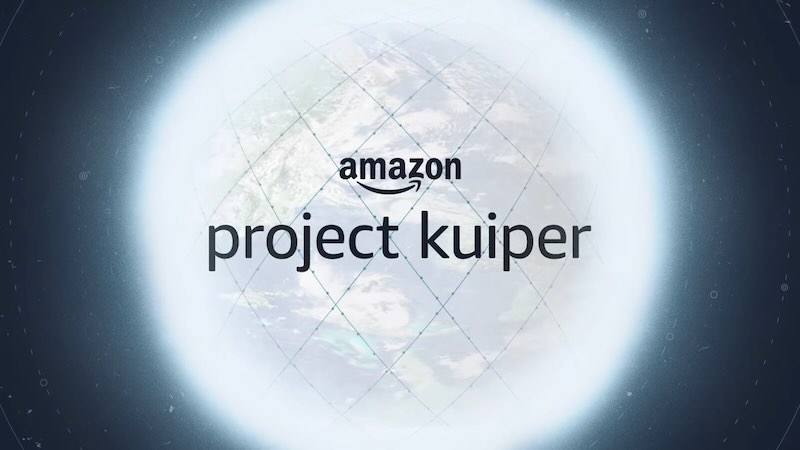Amazon’s long-awaited Project Kuiper is finally moving from testing to production. The company has announced plans to launch its first batch of 27 production satellites on April 9 from Cape Canaveral, Florida. This launch represents a significant milestone for Amazon’s ambitious satellite internet project that aims to compete with SpaceX’s Starlink in the increasingly crowded low-Earth orbit internet market.
The satellites will launch aboard a United Launch Alliance Atlas V rocket, with the launch window opening at 12 p.m. ET. According to Amazon, “Project Kuiper’s satellite payload will be the heaviest payload ULA’s Atlas V rocket has ever flown,” highlighting the substantial technological investment behind this initial deployment.
This launch comes after Amazon successfully tested two prototype satellites in 2023. The company has incorporated lessons from those tests to refine its production models, with significant upgrades across multiple systems.
“This will be the first time we’ve flown our final satellite design and the first time we’ve deployed so many satellites at once,” noted Rajeev Badyal, Amazon’s VP for Project Kuiper.
The production satellites feature improved phased array antennas, more powerful processors, enhanced solar arrays, updated propulsion systems, and optical inter-satellite links. Amazon has also addressed astronomical concerns by coating the satellites with a specialized dielectric mirror film that scatters reflected sunlight, making them less visible to ground-based astronomers.
Project Kuiper’s technical specifications suggest Amazon isn’t just entering the market—it’s aiming to be competitive from day one. Standard Project Kuiper dish is expected to deliver speeds up to 400Mbps, while a smaller portable option will offer around 100Mbps. For enterprise customers, Amazon is developing a larger dish capable of delivering gigabit speeds.
Despite these advancements, Project Kuiper faces significant hurdles. FCC has mandated that Amazon launch half of its planned 3,200 satellites by July 2026 or risk losing its regulatory clearance. While the company could potentially request an extension, this deadline creates substantial pressure on Amazon’s launch schedule.
Commercial service isn’t expected to begin until later in 2025, putting Project Kuiper well behind Starlink, which already boasts over 5 million users worldwide since its beta launch in 2020.
To meet its deployment goals, Amazon has secured “more than 80 launches” across multiple providers. Beyond the upcoming Atlas V launch, the company plans seven more Atlas V missions and 38 launches on ULA’s larger Vulcan Centaur rocket. Additional launches will be distributed among Arianespace, Blue Origin, and interestingly, SpaceX — Amazon’s direct competitor in the satellite internet market.
While the exact timing remains unclear, this first production launch signals that Project Kuiper is finally ready to lift off in the satellite internet race. As this deployment progresses, we’ll see if Amazon can effectively “kuiper” its competition in the rapidly expanding space internet sector.
Related Post
Amazon Project Kuiper Hits Turbulence: Starlink Rival Delayed to Q4 2024
SpaceX New Starlink Dish to Deliver Gigabit Internet Speeds, Rivaling Fiber Networks
SpaceX Starlink Texas Factory Now Producing 15,000 Starlink Kit Terminals Daily
